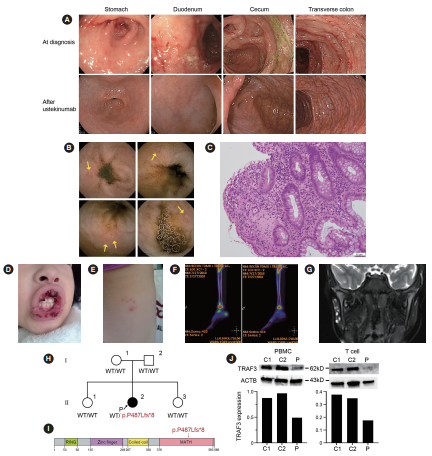2025-04-10 北海道大学
<関連情報>
- https://www.hokudai.ac.jp/news/2025/04/post-1850.html
- https://www.hokudai.ac.jp/news/pdf/250410_pr.pdf
- https://www.metabolismjournal.com/article/S0026-0495(25)00104-0/abstract
Eva1欠損は内臓脂肪機能障害を抑制し、肥満による代謝障害を防ぐ Eva1 deficiency prevents obesity-induced metabolic disorders by reducing visceral adipose dysfunction
You Lee ∙ Jiahui Hou∙ Mira Kato-Suzuki∙ … ∙ Megumi Watase∙ Hiroshi Kiyonari∙ Toru Kondo
Metabolism-Clinical and Experimental Published:March 19, 2025
DOI:https://doi.org/10.1016/j.metabol.2025.156235
Graphical abstract

Highlights
- A highly BAT-specific marker, Eva1 deficiency prevents diet-induced obesity.
- Eva1 deficiency triggers functional changes in visceral eWAT, but not in BAT.
- Eva1 contributes to eWAT inflammation through its effect on macrophages.
- Eva1KO mice are resistant to LPS-induced inflammation due to reduced TLR4 activation.
- Transplantation of WT macrophages reverses obesity resistance in Eva1KO mice.
Abstract
Aims
Epithelial V-like antigen 1 (Eva1) is a highly specific marker for brown adipose tissue (BAT) in both mice and humans, but its metabolic function remains unclear. We investigated the impact of Eva1 deletion on the development of obesity.
Methods
To assess the metabolic role of Eva1, we generated whole-body and adipocyte-specific Eva1knockout (KO) mice, which were subjected to a high-fat diet (HFD) for 12 weeks and characterized metabolic phenotypes. To further elucidate the depot-dependent impact of Eva1 deficiency, we performed histological analysis and 3′ mRNA-seq of BAT and epididymal visceral white adipose tissue (eWAT). To investigate the role of macrophage-derived Eva1 in obesity development, we transplanted wild-type (WT) or Eva1KO macrophages into Eva1KO mice fed an HFD.
Results
We found that whole-body Eva1KO mice are resistant to HFD-induced obesity, insulin resistance and visceral adipose inflammation. However, Eva1 deletion in adipocytes, both brown and white, did not phenocopy these protective effects. Notably, whole-body Eva1 deficiency triggers functional changes in eWAT, but not in BAT. These results led us to investigate a possible involvement of macrophages in Eva1-mediated obesity regulation. We found that Eva1 is expressed in macrophages and plays a role in lipopolysaccharide (LPS)-induced inflammatory responses, possibly through the direct interaction with toll-like receptor 4 (TLR4). Moreover, Eva1KO mice exhibited improved survival rates in the face of severe sepsis induced by LPS. Importantly, transplantation of WT macrophages to Eva1KO mice abolished the beneficial effects of whole-body Eva1 deletion against obesity and visceral adipose inflammation.
Conclusion
Our findings highlight macrophage-derived Eva1 as an important mediator in obesity-induced eWAT remodeling, suggesting that targeting Eva1 could offer a novel therapeutic strategy for obesity-related metabolic disorders.


